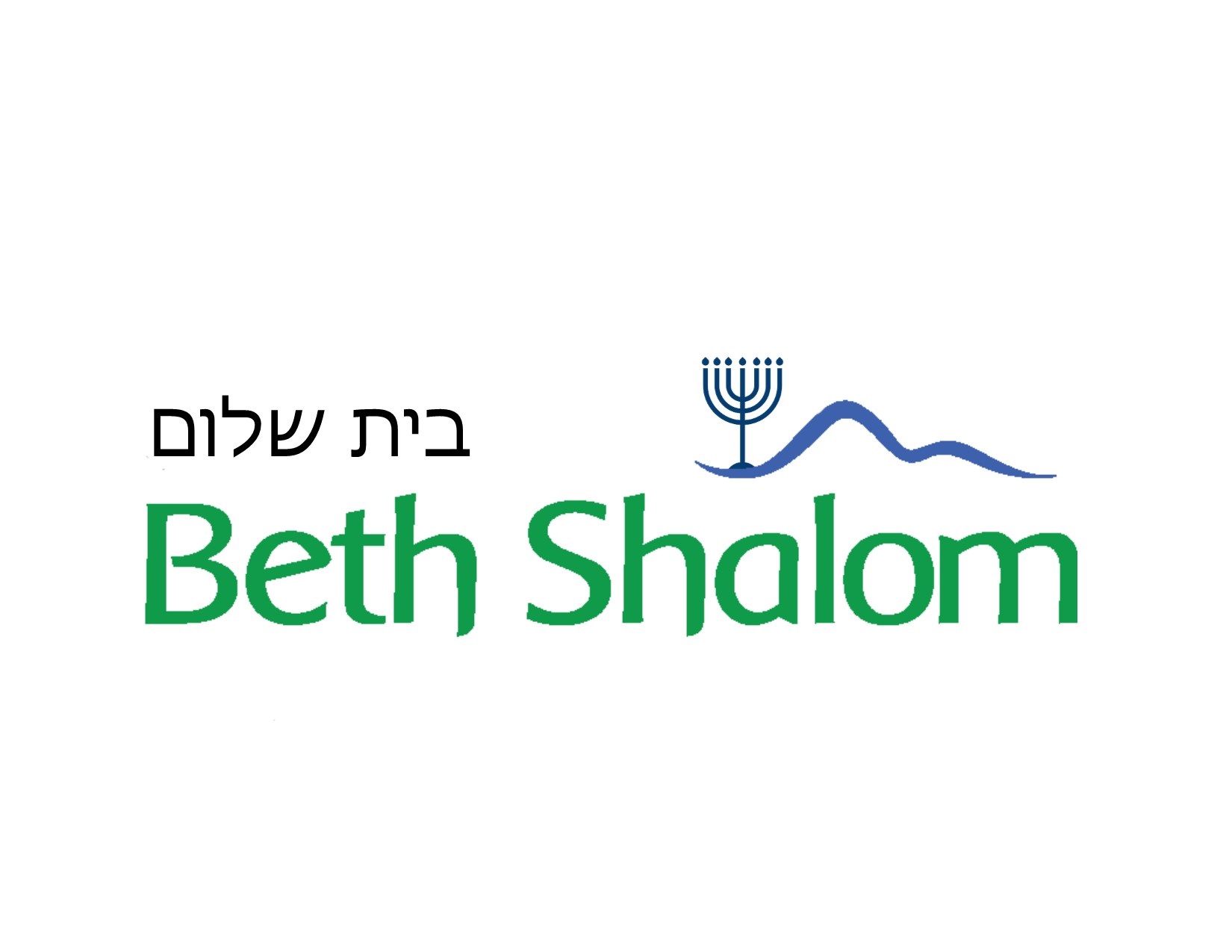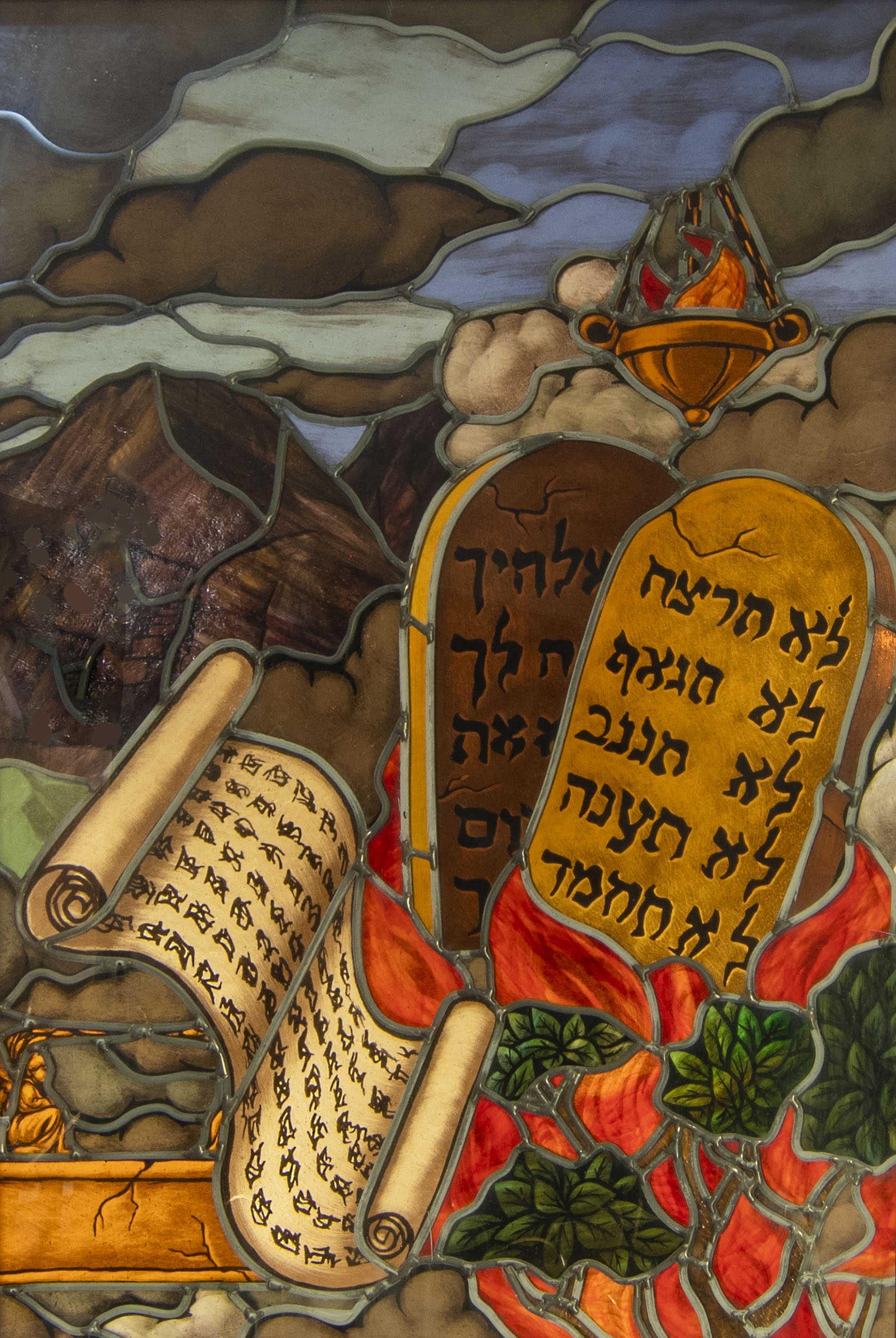Sivan 6 – Meaning: Weeks
Why do we say that Shavuot is the season of the “giving of the Torah” rather than the “acceptance of the Torah?”
While the Torah was only given once long ago, it has to be received each new day as if it were just given.
Customs: At home we light two candles, make Kiddush, place two challah loves on our table and prepare a light meal, usually dairy. The custom of eating dairy stems from the time of the Giving of the Torah at Mt. Sinai. With little time to prepare for the momentous event, the Israelites celebrated the Festival of Shavuot by eating that which was most convenient and accessible, dairy. Also the gematria (numeric equivalent) of the word for dairy is equivalent to the number of days from Passover until Shavuot (49).
At synagogue: The service is a festive one. Many synagogues are adorned with leaves and branches celebrating the renewal of nature and the spring harvest.
The Ten Commandments are read at the service.
We also read the Book of Ruth, the journey of a woman to embrace Judaism. Many religious folks stay up all night study sacred texts to “tap into” the sacred anniversary of the Giving and Receiving of the Torah. This is called a “Tikkun L’eil Shavuot.”
Greetings: Hag Sameach (Happy Holy Day), Gute Yontif (Happy Holy Day in Yiddish), Moadim L’Simcha (Joyous Holy Day).
On the second day of Shavuot we add Yizkor, the prayer for our dead.

